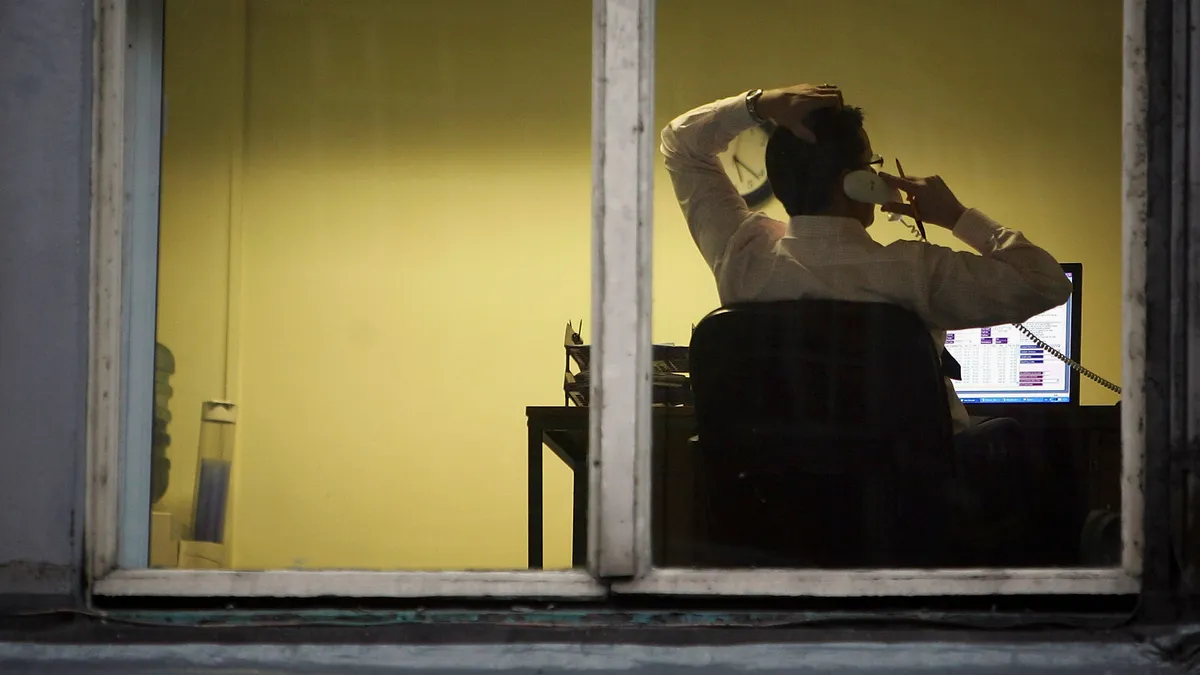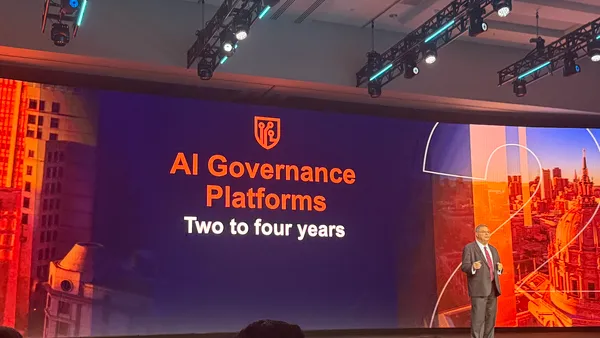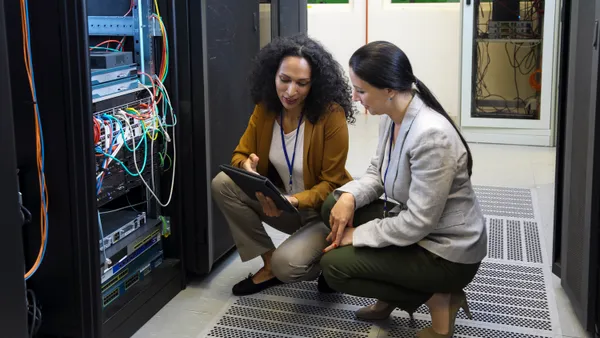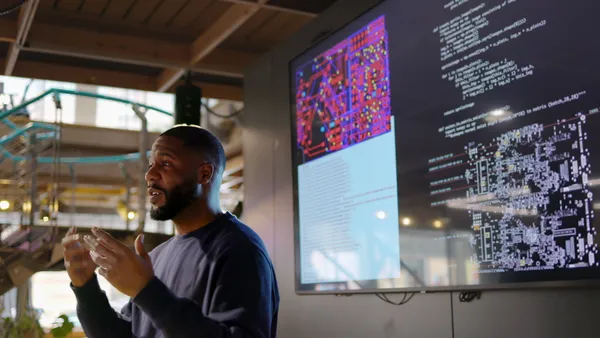Dive Brief:
-
One in five U.S. professionals (22%) say poor performing or broken IT equipment has meant a loss of productivity in the COVID-19 era, according to a study published by IT services company Velocity Smart Technology. The study surveyed 2,000 U.S.-based office workers.
-
Almost four in 10 U.S. office workers say companies have made them wait longer to solve IT issues while working from home. Around half say they've waited at least three hours while an IT issue was sorted out.
-
Hardware woes also hit workers during the pandemic, with 57% of respondents saying they experienced issues related to hardware replacement.
Dive Insight:
Data suggests there's a link between a company's ability to efficiently make use of its technology and its overall performance. Part of the problem, in the hybrid work era especially, has to do with speed of service.
Under a hybrid model, IT organizations deal with the inability to troubleshoot issues in person, according to Jeremy Roberts, research director at Info-Tech Research Group. For example, if a user drops their laptop and has a problem with the screen, "they can't just do a hot swap like they might do if you were on site," Roberts told CIO Dive in January.
But the loss of the physical touchpoints is far from the only issue making IT service delivery more complex. There's more potential for cyber risk exposure, a result of more workplace flexibility. The set of tools powering work is now richer, and more tech-savvy workers are using self-selected tools, creating a potential for shadow IT.
The past 15 months have placed IT under tremendous pressure, according to Anthony Lamoureux, CEO of Velocity Smart Technology. The need to quickly stand-up remote work models "undoubtedly led to many IT departments adopting quick-fixes out of a necessity to support their workforce, rather than putting in place a long term plan that can be scaled," said Lamoreux in an emailed statement.
Quick fixes have led to poor experiences, according to Lamoreux. But an inability to effectively solve IT issues can have deeper consequences, translating to unequal experiences between employees at home or elsewhere, and ultimately impacting business performance.













